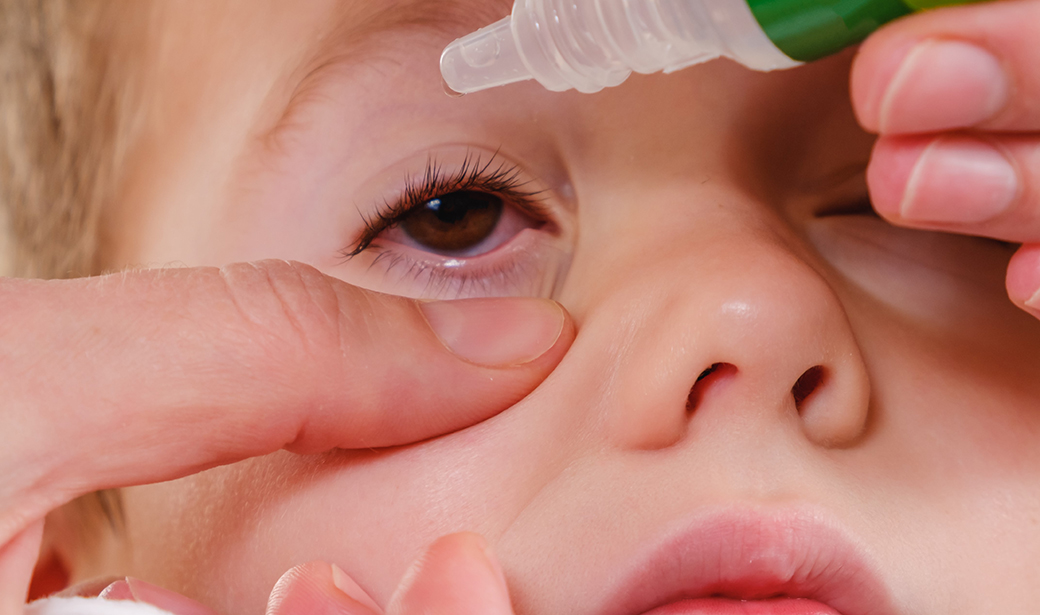Pink eye often has a quick onset and is characterized by eye redness and discomfort as well as tearing or eye discharge, increased sensitivity to light and crusting along the lashes.
There are three common causes of conjunctivitis, and each has a different treatment.
Allergies
It is not uncommon to experience symptoms of conjunctivitis during allergy season. Just as allergens can make your nose runny and your throat scratchy, they can also cause your eyes to be watery and itchy. Fortunately, this type of conjunctivitis is not infectious and is improved with treatment of your allergies.
Bacteria
Bacteria are a common cause of conjunctivitis, and this type of conjunctivitis spreads easily. Oftentimes, a person with bacterial conjunctivitis has been around someone else with similar symptoms. This kind of pink eye is particularly common among young children. When conjunctivitis is caused by a bacteria, it can be treated with antibiotic drops or ointment applied to the affected eye. Typically patients recovery quickly, but it is important to complete the antibiotic treatment as prescribed.
Virus
Viruses are another common cause of pink eye. This type of eye irritation often shows up with cold-like symptoms and typically improves in five to seven days. Like other viral illnesses, pink eye caused by a virus does not need treatment with an antibiotic.
Although allergic conjunctivitis is not contagious, bacterial and viral conjunctivitis can easily be spread to others. When you have pink eye, it’s especially important to wash your hands frequently and avoid rubbing your eyes.
Pink eye is also a symptom that can be caused by Novel Coronavirus 2019. Find out more about symptoms and how to be tested.
If you have pink eye, learn about your treatment options.



